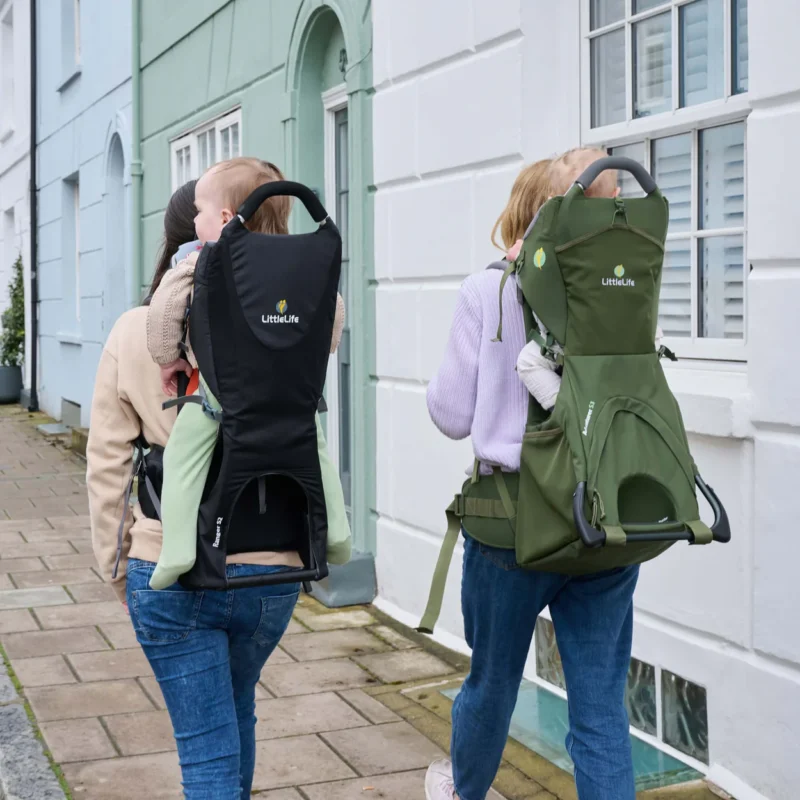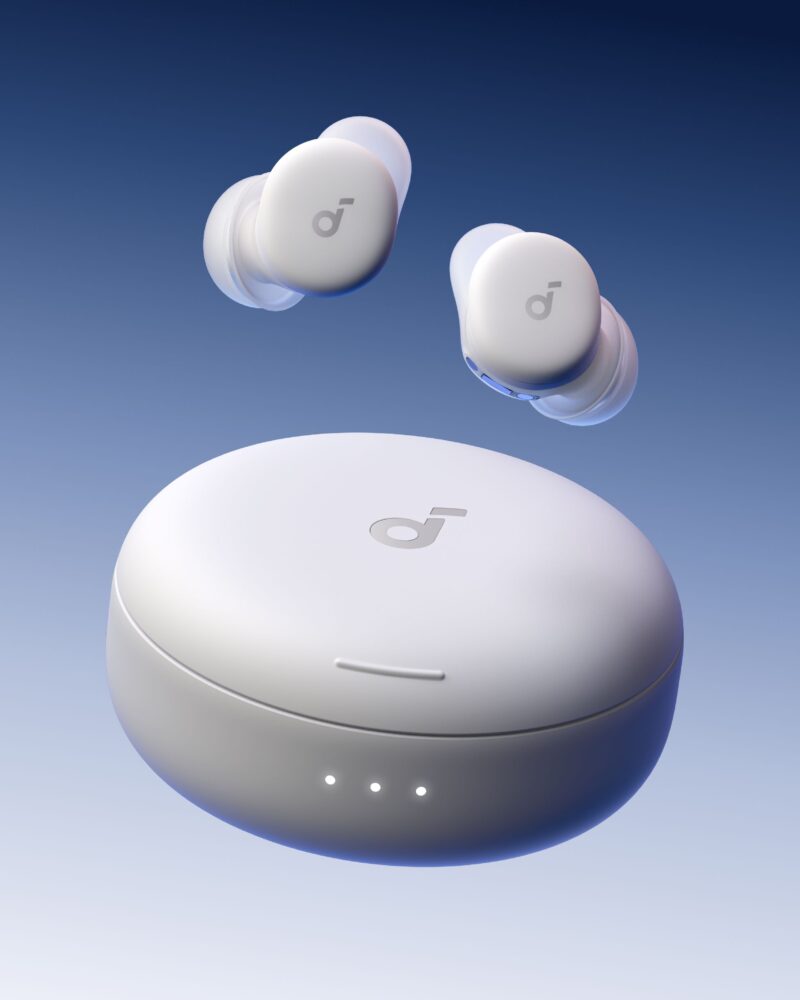Autism spectrum disorder (ASD) can be challenging to diagnose in its early stages, but a novel eye-tracking test offers promising results for earlier detection in toddlers.
Research indicates that children with ASD often process visual information differently than those without the disorder. They might be more focused on objects rather than social cues like human faces.
The Eye-Tracking Test:
The eye-tracking test leverages this distinction. By monitoring where toddlers focus their gaze, scientists can gather data that might indicate a divergence from typical developmental patterns. The test measures:
- Duration: How long a toddler looks at an object or face.
- Frequency: How often they return their gaze to a particular point.
This non-invasive test provides insights into a child’s visual attention and interest, potentially flagging early signs of ASD.
Why Early Detection Matters:
Recognizing autism early can be invaluable. Interventions and therapies tend to be more effective when started at younger ages. Early detection means parents and caregivers can provide the necessary support, tailored education, and intervention programs sooner, optimizing developmental outcomes.
Current Challenges:
While the eye-tracking test is promising, it’s essential to understand that no single test can definitively diagnose autism. A comprehensive assessment involving multiple factors and professionals remains the gold standard. However, tools like eye-tracking can serve as valuable supplementary resources in the diagnostic process.
The eye-tracking test is a pioneering step towards more accessible and earlier autism diagnoses. While it doesn’t replace comprehensive assessments, it offers another tool in the toolkit for professionals and parents, aiming for the best developmental trajectory for their children.








